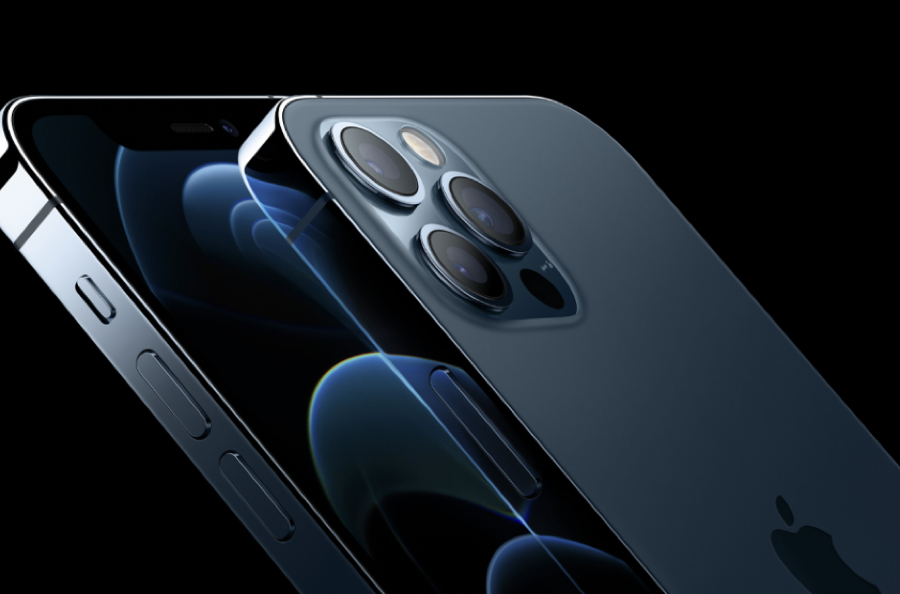
Cell phones emit radiofrequency (RF) radiation when connecting to cellular networks. This radiation is quantified through the Specific Absorption Rate (SAR), with regulatory limits in place to protect consumers. However, Apple’s iPhone 12 has now come under fire from the French National Frequencies Agency (ANFR) for exceeding these SAR limits.
The Issue at Hand
During routine testing, ANFR discovered that the iPhone 12’s SAR levels exceeded the regulatory limit of 4 W/kg when held against the body. More specifically, they found an alarming SAR level of 5.74 W/kg for the device. As a result, ANFR has called for a temporary halt on iPhone 12 sales and is demanding corrective action from Apple.
But what does this mean for consumers currently using an iPhone 12? And how concerned should you be about the radiation exposure? Here’s a plain-language breakdown of the situation.
Perspective on the Risks
First and foremost, it’s crucial to understand that SAR levels represent the maximum theoretical radiation exposure, not the actual amounts experienced in everyday use. Phones don’t operate at peak power continuously.
In fact, ANFR states that actual RF emission levels are often hundreds of thousands times lower than the SAR limit. So occasional use of your iPhone 12 within regulatory SAR limits is unlikely to pose any health risks.
However, if you carry your phone in a pocket for prolonged periods, you may approach these maximum levels. But even then, research on the cancer risks of cell phone radiation has been inconclusive thus far.
The bottom line is that occasional, reasonable use of your iPhone 12 is unlikely to endanger your health based on current scientific data. But ANFR’s action reinforces the need for caution when exposure is chronic.
What iPhone 12 Users Should Do
If you own an iPhone 12, stay calm and carry on using your phone normally. Apple will likely release a software update shortly to correct the issue, as no hardware modifications are necessary.
That said, it’s always smart to minimize exposure when possible by using earphones, only downloading large files on WiFi, and avoiding low signal areas that can trigger peak transmission power.